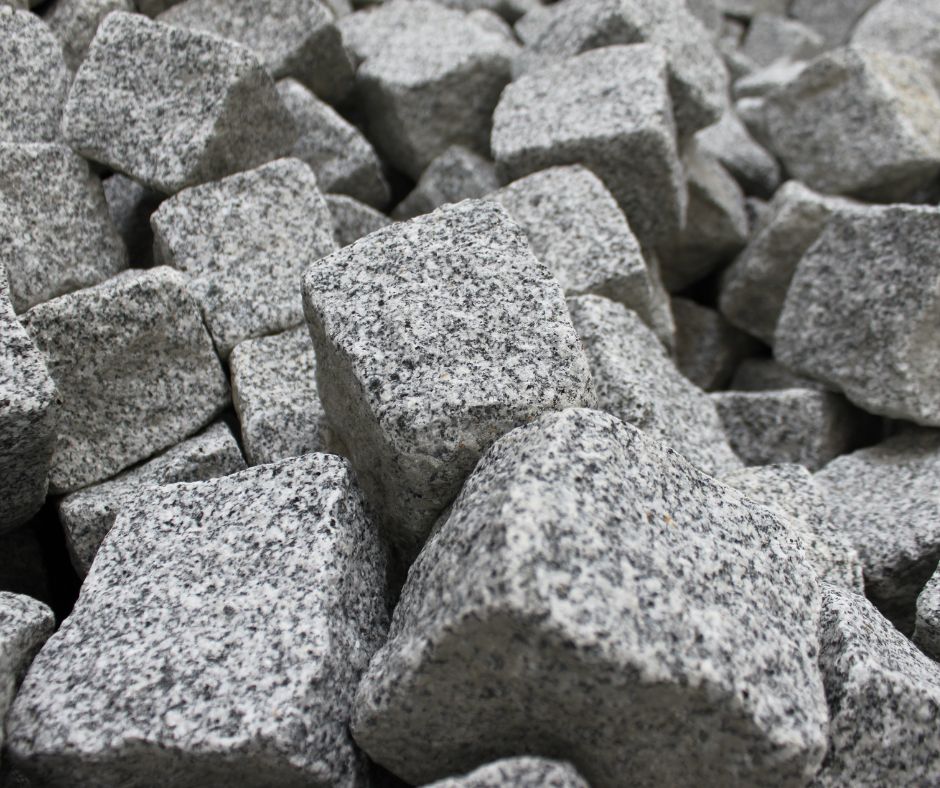Health and Safety Software » Health and Safety Software News » Health and Safety » Working with Granite and Stone – Creating a Safe Work Environment
Working with Granite and Stone – Creating a Safe Work Environment

While these materials offer aesthetic appeal and durability, working with them can pose potential health and safety hazards if not handled properly. To ensure a safe and productive work environment, it is essential to follow health and safety guidelines when working with granite and stone.
Physical Hazards
- Lifting and Handling: Granite and stone slabs can be heavy and cumbersome, increasing the risk of musculoskeletal injuries. Proper lifting techniques and mechanical lifting aids should be employed to minimise strain on the back and prevent accidents.
- Sharp Edges and Sharp Objects: Granite and stone can have sharp edges and corners that can cause cuts and lacerations. Wear appropriate personal protective equipment (PPE), including gloves, safety glasses, and sturdy footwear, to minimise the risk of injuries.
- Silica Dust Exposure: Cutting, grinding, and polishing granite and stone can generate silica dust, which can lead to silicosis, a serious lung disease. Use dust control measures, such as water suppression systems or dust masks, to minimise exposure to silica dust.
Chemical Hazards
- Chemicals Used for Cutting and Polishing: Various chemicals, such as resins, epoxies, and solvents, are commonly used for cutting and polishing granite and stone. These chemicals can irritate the skin, eyes, and respiratory system. Always read and follow the manufacturer’s safety instructions when using chemicals.
- Stone Sealants: Stone sealants often contain volatile organic compounds (VOCs) that can cause respiratory problems if inhaled. Ensure adequate ventilation when applying sealants and use PPE, such as respirators, to protect against VOC exposure.
General Safety Precautions
- Ventilation: Ensure adequate ventilation in work areas to prevent the accumulation of dust and fumes from chemicals. Use exhaust fans or open windows to maintain air circulation.
- Housekeeping: Regularly clean work areas to prevent the accumulation of dust, debris, and tools. This will also reduce the risk of slips, trips, and falls.
- Training and Awareness: Provide comprehensive training to all workers involved in granite and stone fabrication, covering proper handling techniques, PPE requirements, and emergency procedures. Regularly refresh training to ensure knowledge retention and adherence to safety protocols.
- Emergency Preparedness: Establish emergency response procedures to address potential incidents, such as chemical spills, fires, and injuries. Ensure workers are familiar with emergency protocols and evacuation routes.
Compliance with Regulations
It is vital to comply with all applicable health and safety regulations related to the handling and processing of granite and stone. These regulations may vary depending on the jurisdiction; consult with local authorities or regulatory bodies to ensure compliance.
By adhering to these health and safety guidelines and fostering a culture of safety, organisations can effectively manage the hazards associated with working with granite and stone, protecting their workers, preventing accidents, and ensuring a productive and safe work environment.
Arrange your demonstration
Let us show you how we can transform your health and safety, risk and compliance management
Please choose a date and time for your demo. We look forward to meeting with you.
Latest Updates & Information

Twas the Night Before Compliance: A Very iProtectU Christmas & New Year’s Tale
Ho ho hold on – before you climb that ladder to hang the fairy lights…

How Pandemic Management Software Helps Organisations Respond to Europe’s Escalating Flu Outbreak
Europe’s rising influenza activity underscores the importance of having the right digital tools in place.

Supporting Local Sustainability: Restoring Native Oysters to the Solent
iProtectU is proud to support the Final Straw Foundation’s Native Oyster Restoration Project, helping restore

iProtectU Featured on IBEC: The Real Truth About Choosing Health & Safety Software”
When a national voice like IBEC publishes your perspective, it matters.
This week, iProtectU

Why Modern HSE Software is Essential – How iProtectU is Shaping the Future of Safety
Modern HSE software has evolved into a strategic necessity, empowering organisations to manage risk proactively,

How iProtectU Transforms PPE Management: From Stock Chaos to Compliance Confidence
Managing personal protective equipment (PPE) doesn’t have to be a paperwork struggle. With iProtectU, safety







